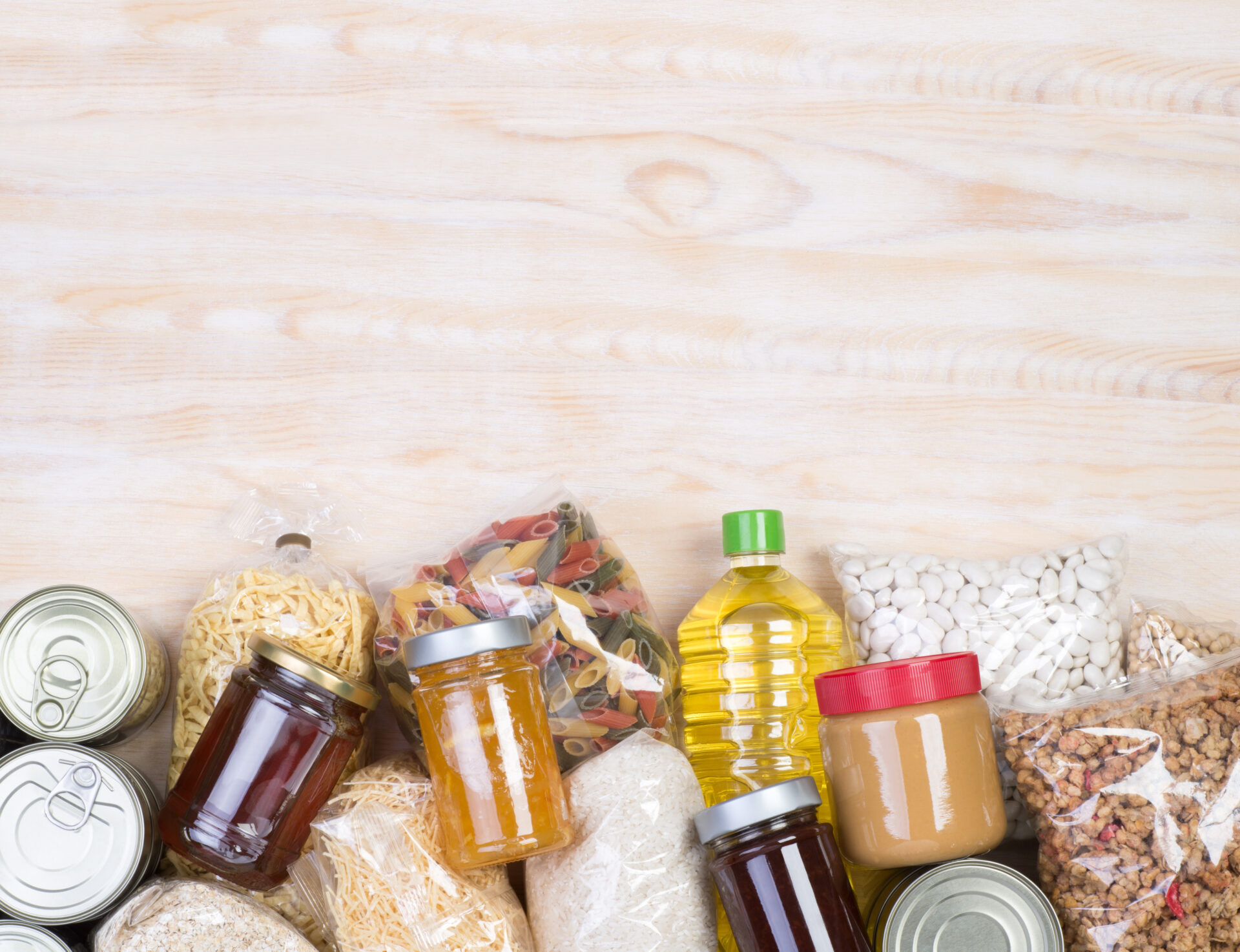Before launching a new food product, it is important to (a) check that you are free to use the proposed branding without infringing anyone else’s rights, and then (b) secure your own trade mark protection to add value to your brand for the future. Below is a step-by-step guide outlining the key steps and issues to consider to best protect your food brand in Australia and in your export markets:
- Select a brand that is sufficiently unique (“distinctive”) to be registrable. It is generally difficult to register words that have a descriptive meaning (eg. SPICY, SWEET, ORGANIC). It is also difficult to register common surnames, geographical names and words that have a descriptive meaning in a foreign language. It is worthwhile investing some time in selecting a brand that is going to differentiate your product in the marketplace (such as on crowded supermarket shelves). It is also generally easier to register and enforce a unique and memorable brand. Click here for tips on selecting a unique trade mark.
- To minimise the risk of a trade mark dispute, conduct availability searches to check whether anyone else has registered or is already using a similar brand. Search the Australian Trade Marks Register here and also conduct general searches of the internet and your competitors. Check for existing brands that are identical, but also consider whether your proposed brand could be considered confusingly similar to an existing brand because it has similar spelling or sounds the same. Simply changing one letter, for example, is unlikely to prevent confusion if the brands look very similar overall.
- Carefully select the goods to be covered by your trade mark application so that you have a strong and enforceable registration. For food brands, the most relevant classes are class 29 (which encompasses items such as meat, fish, poultry, plant-based meat alternatives and dairy products), and class 30 (which includes bakery goods, pasta, rice, confectionery, spices, sauces, coffee and tea). Consider how the brand may develop in the future and select items with that in mind. It is not possible to amend a trade mark registration to add items in the future.
- Registrable trade marks can include words, logos, slogans and even colours and shapes. Consider how you want your brand to stand out and look at registering each branding element separately for the broadest and strongest protection.
- Don’t forget your export markets. As a first priority, secure registration for your brand in Australia but then ensure you file overseas. If you are considering selling in multiple countries, it is often most cost-efficient to file an International “Madrid Protocol” application designating a number of countries at the same time. If you file overseas within 6 months of filing your Australian application, you can claim the Australian filing date as the effective “priority” date for the overseas applications.

